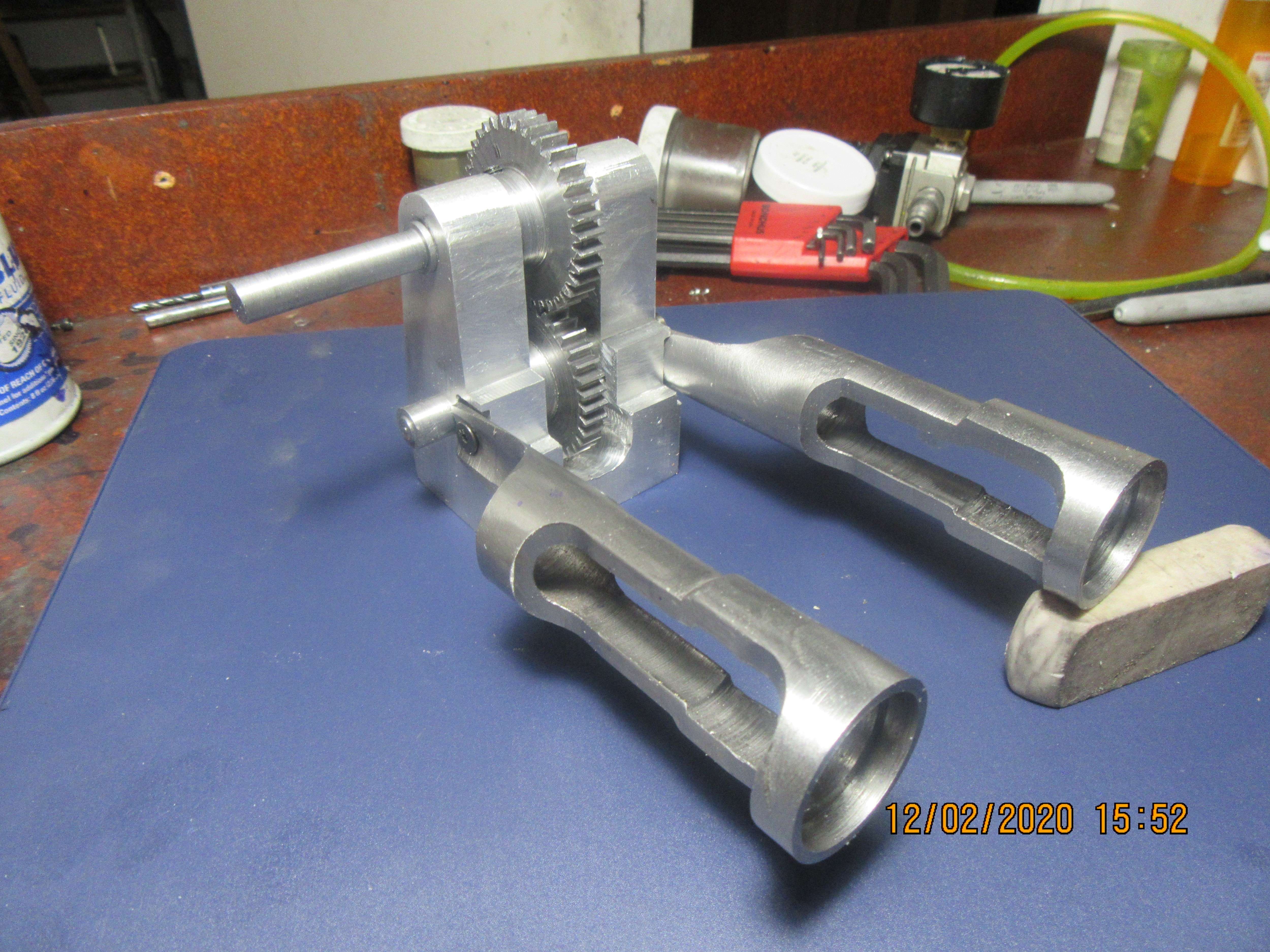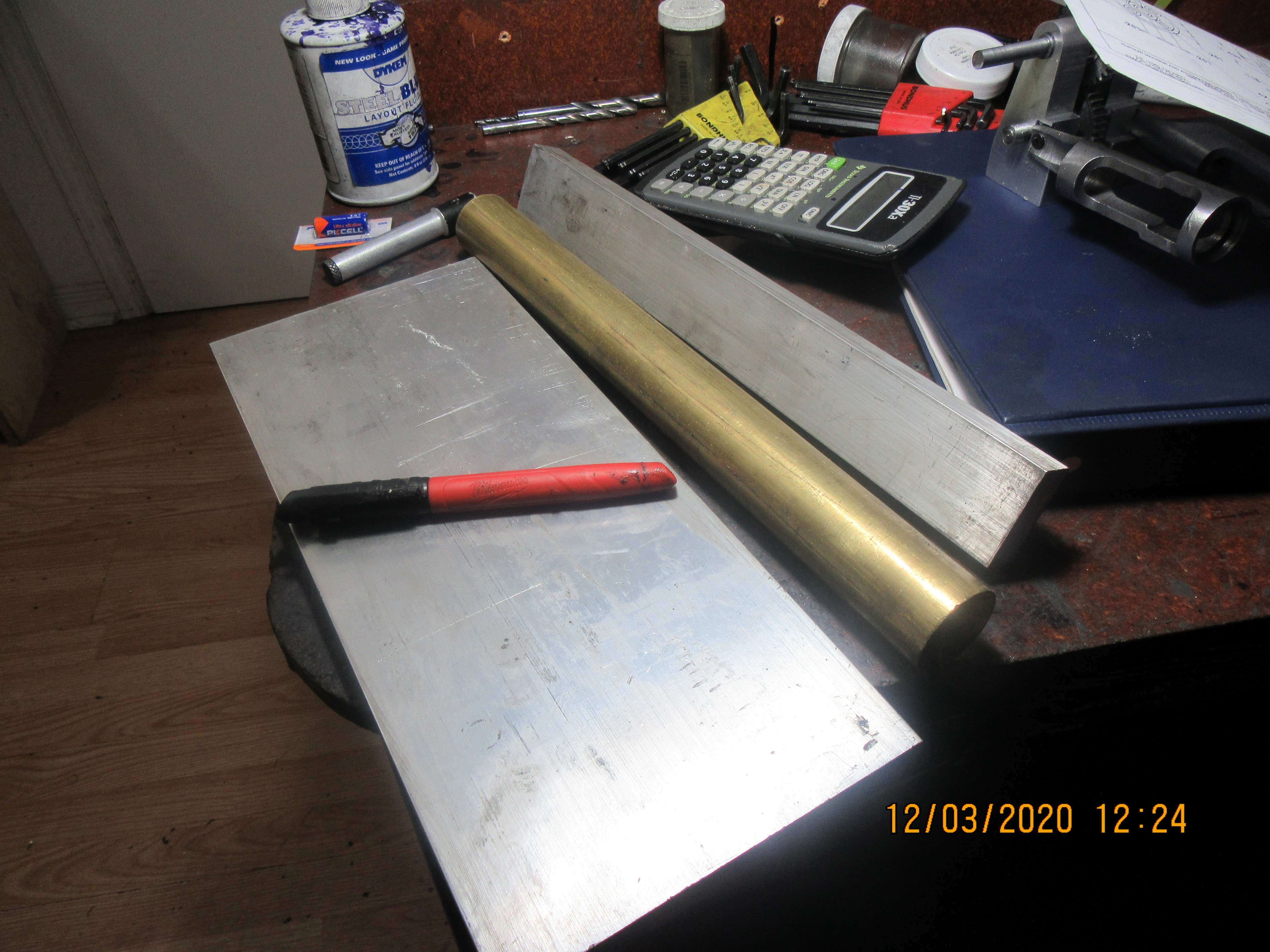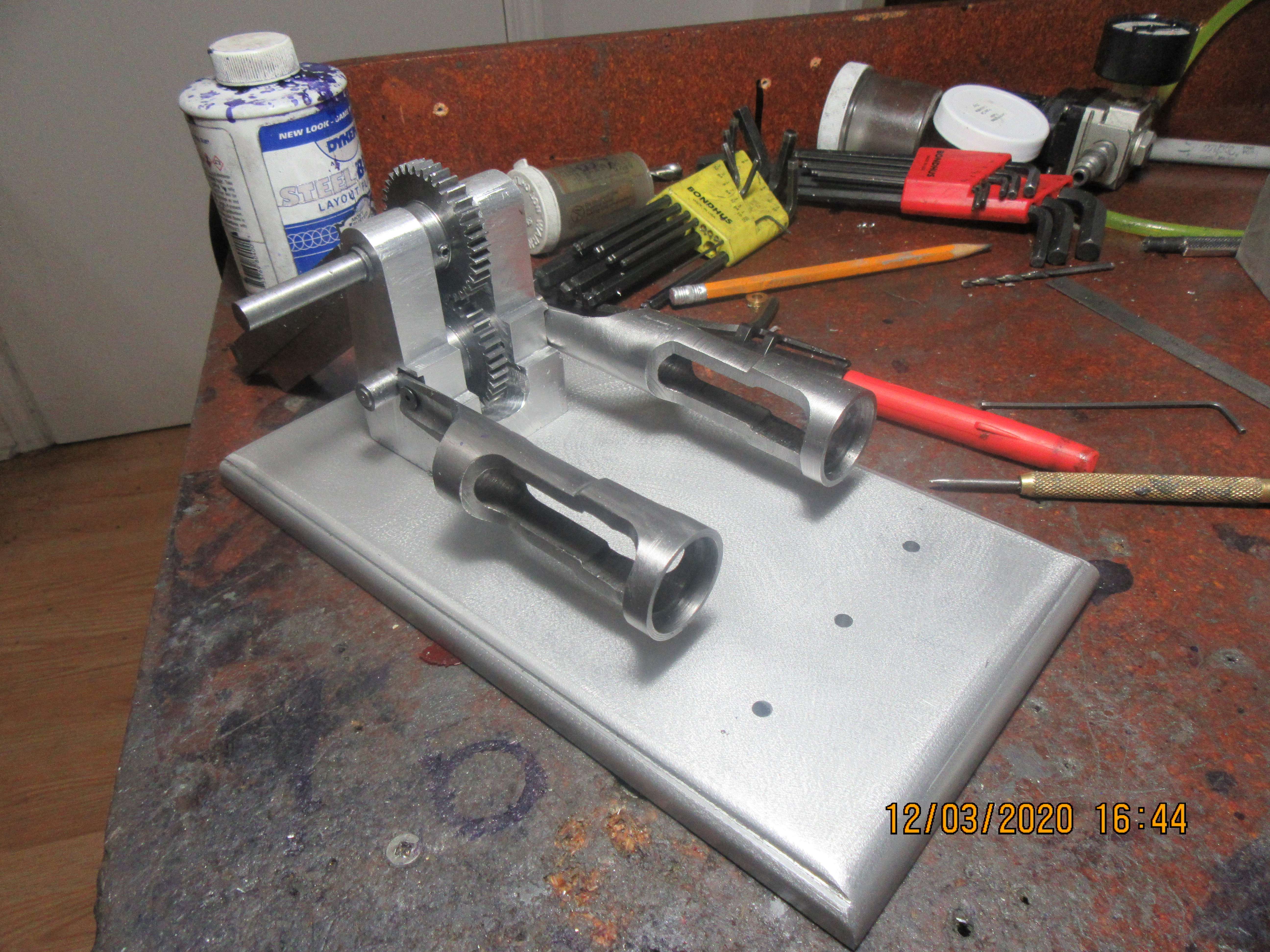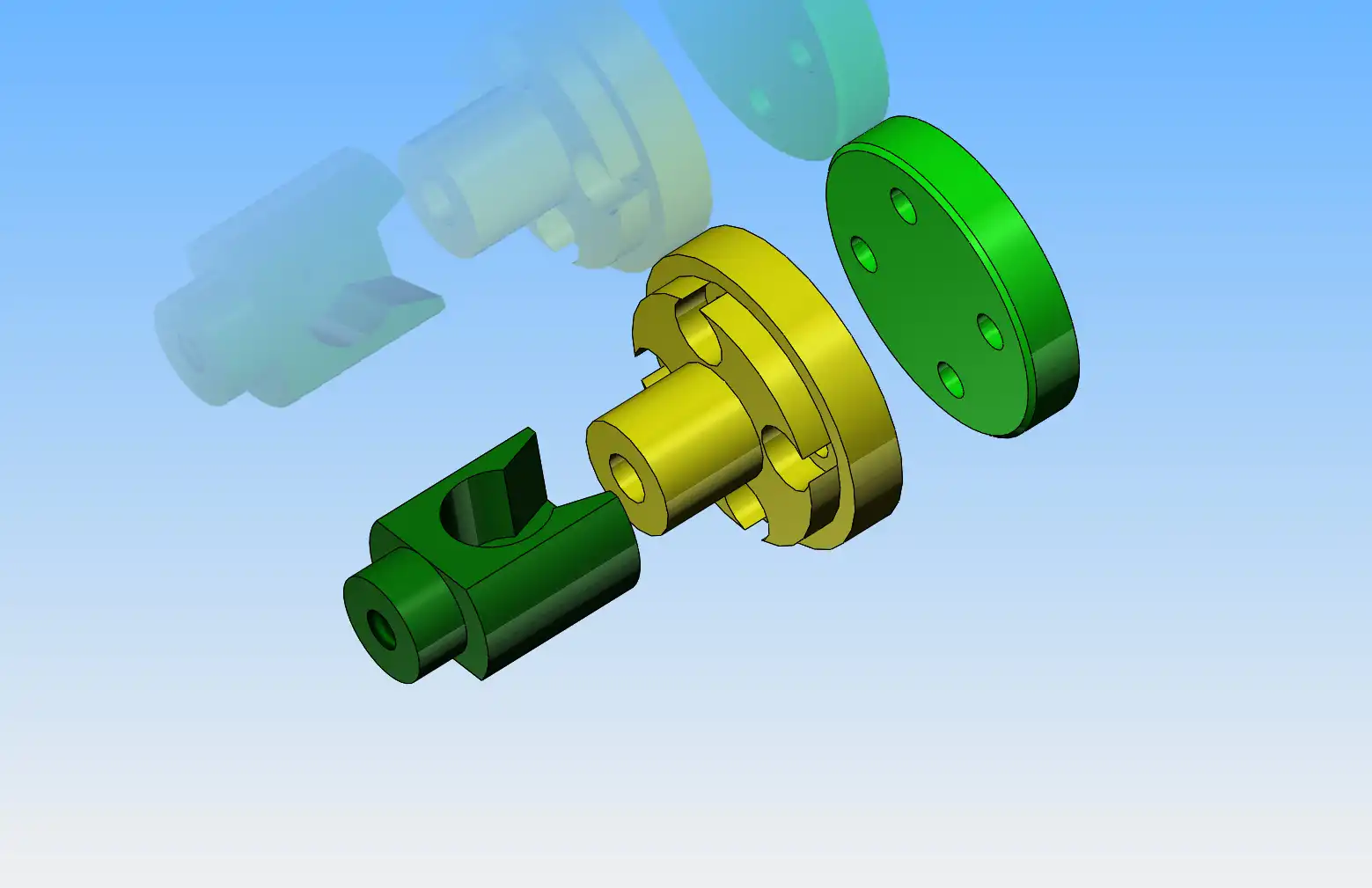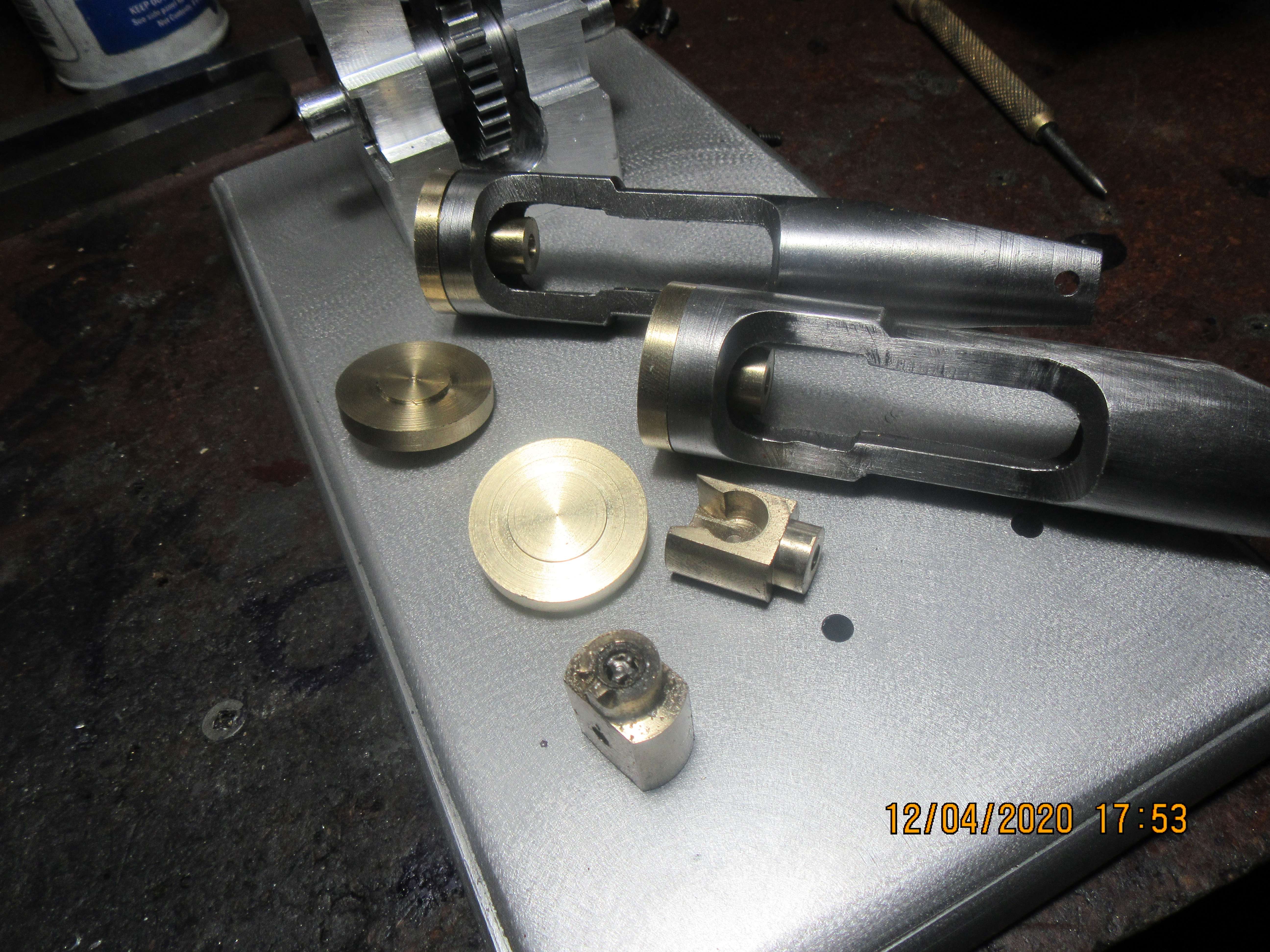An aside.... Because I mentioned those "great" engineers - well Engineers and machinists - Honda.
- Enjoy!
Did you know that in the 1980s the Honda engineers used doppler-shift anemometry to develop a quieter starter motor? - Bosch and Lucas used "Human ears" - but as the engineers were old they couldn't hear the higher frequencies made by the smaller higher speed motors Honda's supplier was developing? - and didn't care about the noisy traditional designed European parts.The Honda starter was 20~25% lighter, more reliable (on comparison bench durability tests), 20% lower cost, more efficient (starter torque per amp), but made a quieter but different noise to the "old design" so we bought the Bosch part - German engineering - that was least reliable, but had the best returns and replacement policy for Europe as a whole! I missed the point of that decision.
K2
- Enjoy!
Did you know that in the 1980s the Honda engineers used doppler-shift anemometry to develop a quieter starter motor? - Bosch and Lucas used "Human ears" - but as the engineers were old they couldn't hear the higher frequencies made by the smaller higher speed motors Honda's supplier was developing? - and didn't care about the noisy traditional designed European parts.The Honda starter was 20~25% lighter, more reliable (on comparison bench durability tests), 20% lower cost, more efficient (starter torque per amp), but made a quieter but different noise to the "old design" so we bought the Bosch part - German engineering - that was least reliable, but had the best returns and replacement policy for Europe as a whole! I missed the point of that decision.
K2





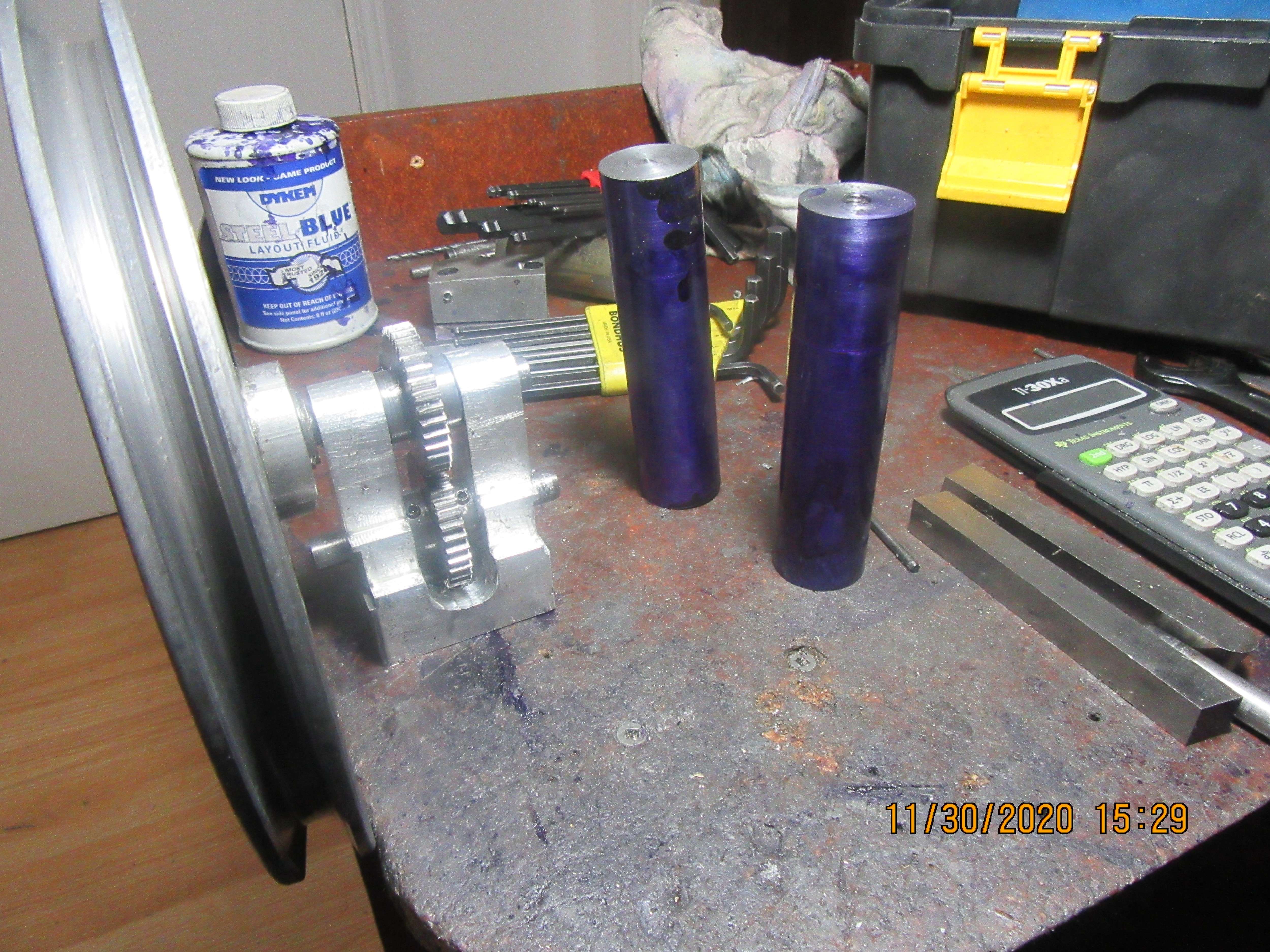
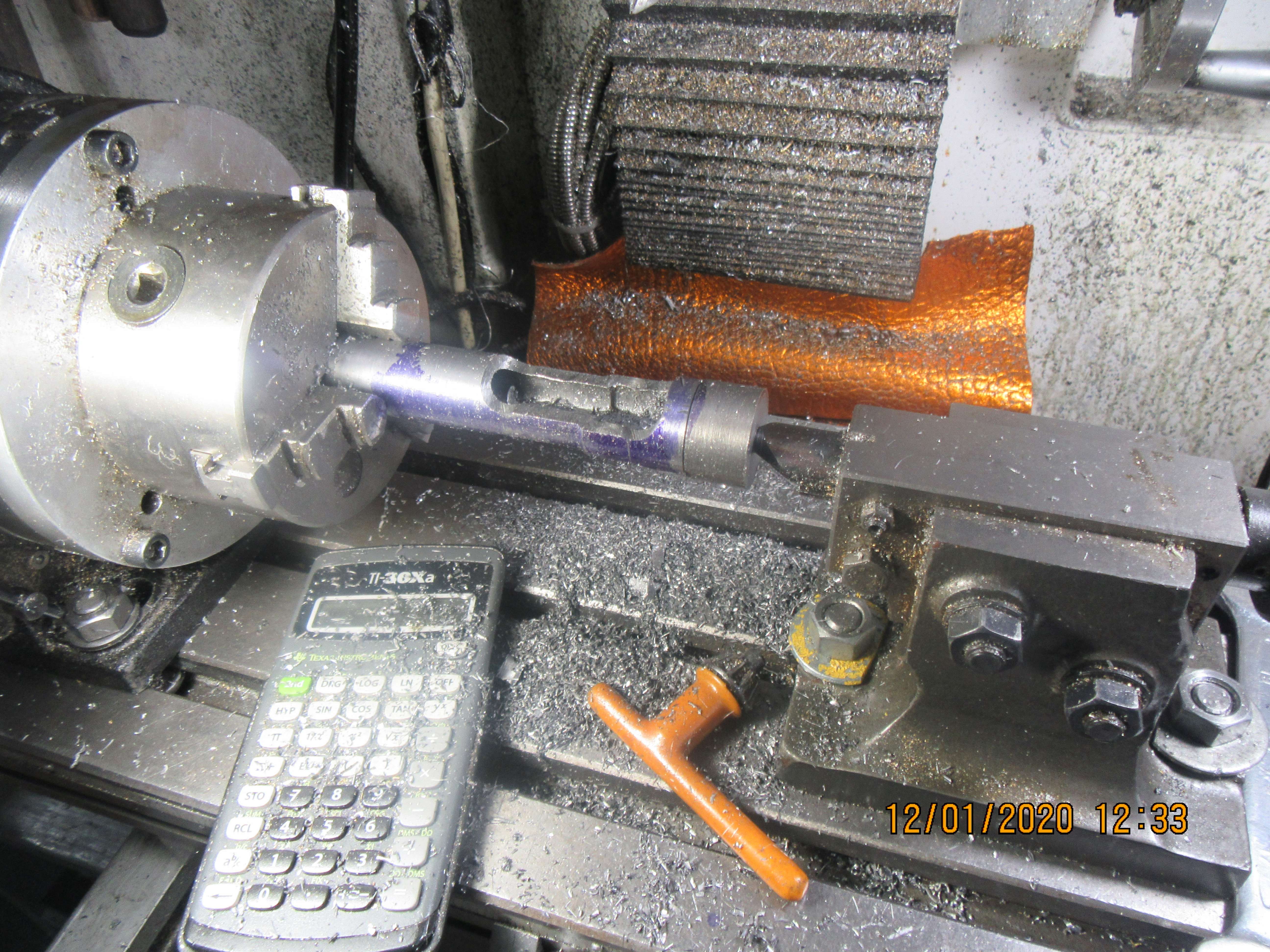
































![DreamPlan Home Design and Landscaping Software Free for Windows [PC Download]](https://m.media-amazon.com/images/I/51kvZH2dVLL._SL500_.jpg)























